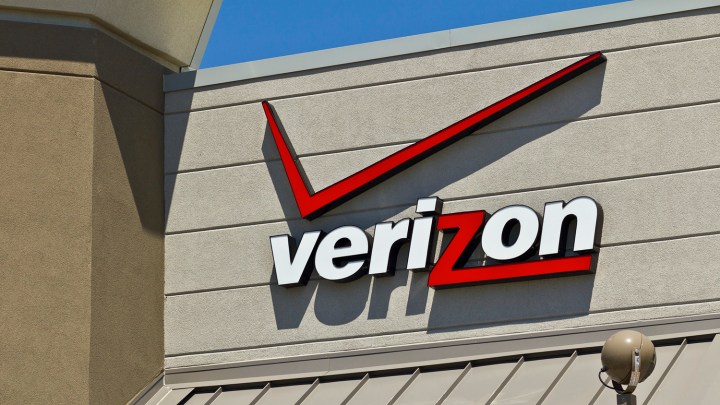
Verizon said the decision to let its 2G technologies go dark won’t impact a majority of consumers, most of which have long since migrated to 4G — more than 92 percent of Verizon’s entire traffic is on its LTE network, the carrier said. But it has substantial implications for machine-to-machine (M2M) businesses, like operators of home water meters, which tend to upgrade equipment far less frequently than, say, your average smartphone enthusiast. As late as 2014, for instance, AT&T said a “large portion” of its 17 million M2M customers remained on its 2G network.
For Verizon’s part, it pledged not to leave its current 2G subscribers dangling in the wind. “We will not abandon a single customer,” Verizon spokesperson Chuck Hamby told Fierce Wireless. “We will work with each of the customers one-on-one. [And] should there be stragglers, we will continue to work with them.”
To be fair, those subscribers received warning far in advance. In 2012, in what Verizon called a “decade worth of pre-warning,” the company announced its plan to supplant 2G and 3G CDMA services with LTE by 2021. But it also plans to keep 2G and 3G networks readily available “as long as necessary” for customers with “mission critical projects” on those networks. “The Verizon Wireless 2G and 3G networks will be available into the foreseeable future,” it said. “Recently published dates are guidelines that we are giving customers who have to plan, fund, and transition large enterprise projects to the faster speed networks.”
Verizon’s long been laying the groundwork. It’s accelerated efforts to blanket its existing 3G footprint with LTE in recent months, and introduced the ability to place phone calls over an LTE connection — commonly referred to as voice over LTE (VoLTE) — in 2013.
It’s hardly the only one. AT&T announced plans in 2012 to migrate its remaining 2G customers to 4G ahead of its legacy network’s shutdown in 2016, and T-Mobile shut down MetroPCS’ legacy CDMA network last year. But companies with 2G tech face hurdles in transitioning. 3G and 4G technologies tend to be more expensive, according to Fierce Wireless. Sprint was only able to recapture 60 percent of its iDEN subscribers in the service’s twilight months.
Some, unsurprisingly, are taking advantage of firms’ reluctance to upgrade. In 2013, Sprint partnered with mobile provider u-blox to supply 2G (1xRTT) CDMA service to M2M customers. But Verizon said it’s “confident” that it’ll be able to migrate the majority of its legacy customers “effectively” and “efficiently.” It doesn’t have much choice, granted. The carrier plans to re-purpose the spectrum currently in use by its CDMA 1X network for future LTE expansion.

